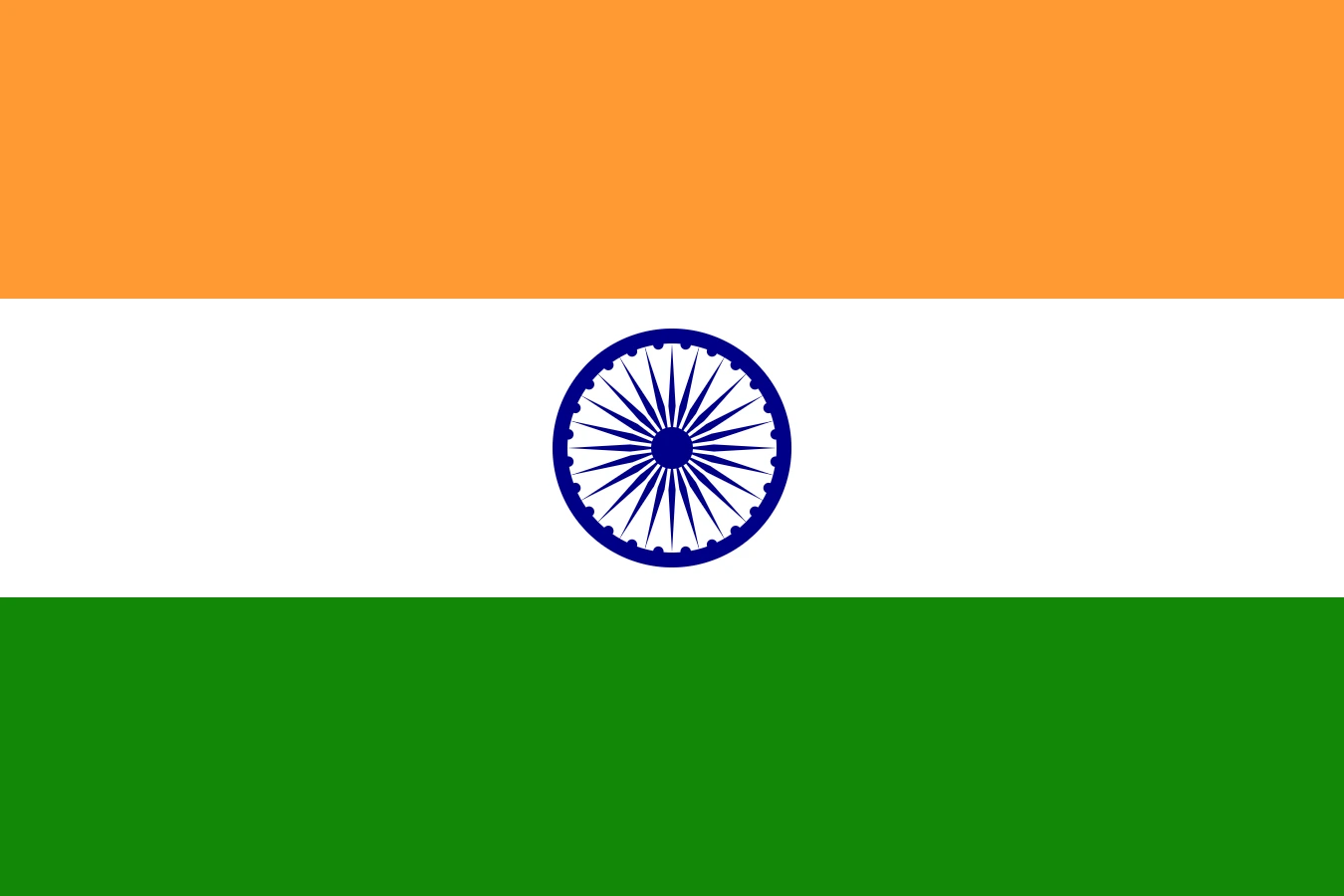India Travel Guide
Discover Why You Should Visit India
Why Visit India?
India is a land of unparalleled diversity, offering a kaleidoscope of cultures, languages, cuisines, landscapes, and spiritual experiences. From the snow-capped Himalayas in the north to the sun-kissed beaches of the south, every region presents unique stories, traditions, and architecture.
Known for its deep-rooted spirituality, ancient history, bustling cities, and vibrant festivals, India provides both serenity and stimulation for the curious traveler. Whether you’re seeking sacred temples, exotic wildlife, yoga retreats, or bustling markets, India welcomes all with open arms.
Ideal for: Cultural explorers, history lovers, food enthusiasts, spiritual seekers, and adventure travelers.
Must-Know Facts
Capital/Major City: New Delhi
Language(s): Hindi and English (official), with 20+ other major regional languages
Currency: Indian Rupee (INR)
Best Time to Visit: October to March (cooler weather and festival season)
Fun Fact: India is the birthplace of four major world religions: Hinduism, Buddhism, Jainism, and Sikhism
Top Things to Do
Visit the Taj Mahal in Agra, a UNESCO World Heritage Site and one of the New Seven Wonders of the World
Experience the spiritual energy of Varanasi along the Ganges River
Explore Jaipur, Udaipur, and Jodhpur for their royal palaces and forts in Rajasthan
Take a houseboat ride in the Kerala backwaters
Go trekking in the Himalayas or explore the tea plantations in Darjeeling
Local Culture & Lifestyle
India’s cultural identity is shaped by centuries of traditions, philosophies, and rituals. Family values, hospitality, and spirituality are core to daily life.
Music, dance, and art vary across regions, with styles like classical Bharatanatyam, folk Bhangra, Bollywood pop, and intricate miniature paintings.
Festivals such as Diwali, Holi, Eid, Navratri, and Christmas are celebrated with passion and color.
Food & Drink Highlights
Street Food: Chaat, samosas, dosas, vada pav, pani puri, kebabs
Restaurants: Serve diverse regional cuisines like Punjabi, South Indian, Bengali, Mughlai, Rajasthani, Goan, and Gujarati
Drinks: Masala chai, lassi, coconut water, sugarcane juice, filter coffee
Desserts: Gulab jamun, jalebi, rasgulla, kheer, barfi
Main Dish & Culinary Symbols
Signature Dish: Biryani, a spiced rice dish often layered with marinated meat or vegetables
Common Ingredients: Spices (turmeric, cumin, coriander, cardamom), rice, lentils, ghee, chilies, yogurt, fresh herbs
Culinary Culture: Meals are often shared and involve a variety of curries, flatbreads (like roti and naan), and rice, accompanied by pickles and chutneys
Symbols & Icons of the Area
Natural Icons: Himalayas, Thar Desert, Ganges River, Western Ghats, Sundarbans
Cultural Icons: Taj Mahal, yoga, henna, Namaste greeting, sari, temples and forts
Hidden Gems & Off-the-Beaten-Path
Spiti Valley and Tawang for Himalayan serenity
Majuli Island in Assam for monastic culture and river life
Hampi and Badami in Karnataka for ancient ruins and rock-cut temples
Chilika Lake in Odisha for birdwatching and boating
Shopping & Souvenirs
What to Buy: Handicrafts, silk saris, tea and spices, jewelry, Ayurvedic products, wooden carvings
Where to Shop: Delhi’s Chandni Chowk, Jaipur’s bazaars, Kerala’s spice markets, Goa’s flea markets
Getting Around
Public Transport: Extensive rail network, buses, metro systems in cities
Taxis and Auto-rickshaws: Widely used for short trips and local travel
Flights: Domestic air travel connects all major cities
Apps: Ola and Uber available in many urban areas
Travel Tips
Dress modestly, especially at religious sites
Carry cash for small purchases but use cards in cities
Drink only bottled or filtered water
Expect crowds and embrace cultural differences with patience
Where to Stay
Budget: Hostels and guesthouses across cities and pilgrimage towns
Mid-range: Heritage hotels, eco-resorts, and boutique accommodations
Luxury: Palatial hotels in Rajasthan, wellness retreats, and beach resorts
Unique: Homestays in Himalayan villages or Kerala’s backwaters, royal havelis
Sample 4-Day Itinerary
Day 1: Arrive in Delhi, explore Humayun’s Tomb, Qutub Minar, and local street food
Day 2: Visit Agra for the Taj Mahal and Agra Fort, return or overnight
Day 3: Travel to Jaipur to see Amber Fort, City Palace, and local crafts
Day 4: Morning shopping or visit to a local temple before departing



0 Comments